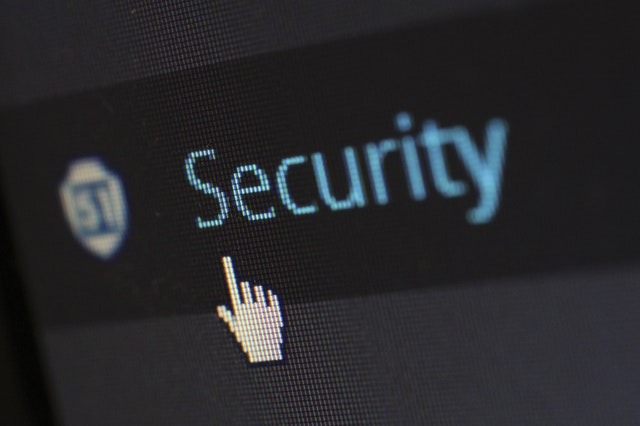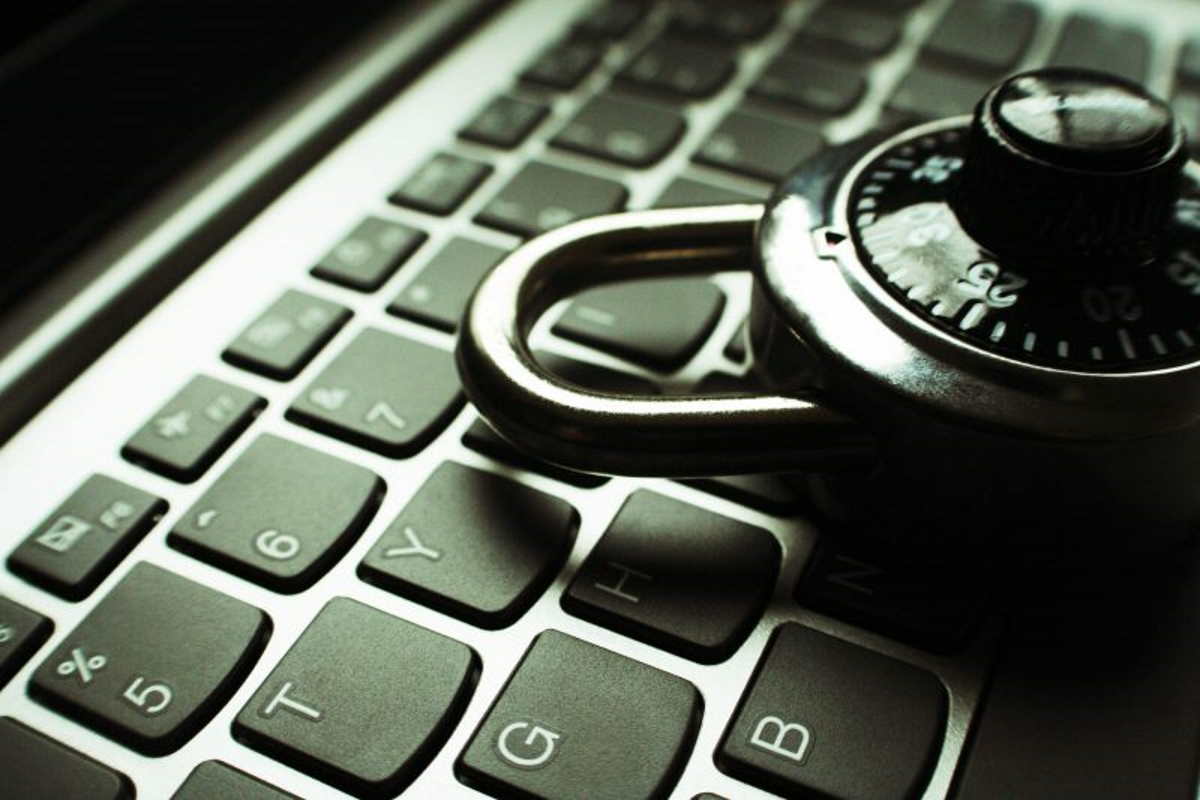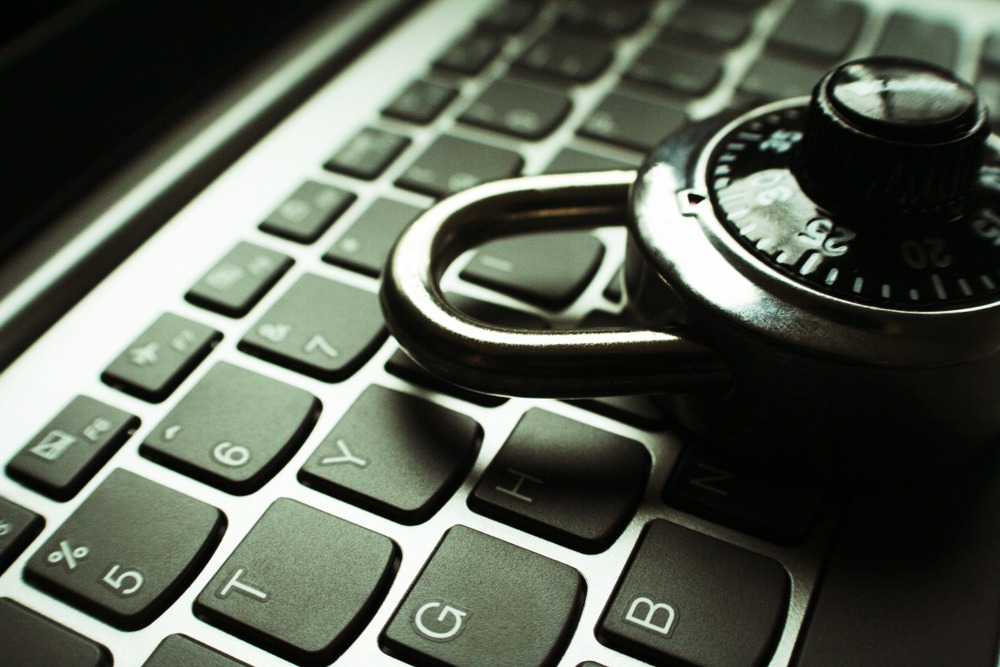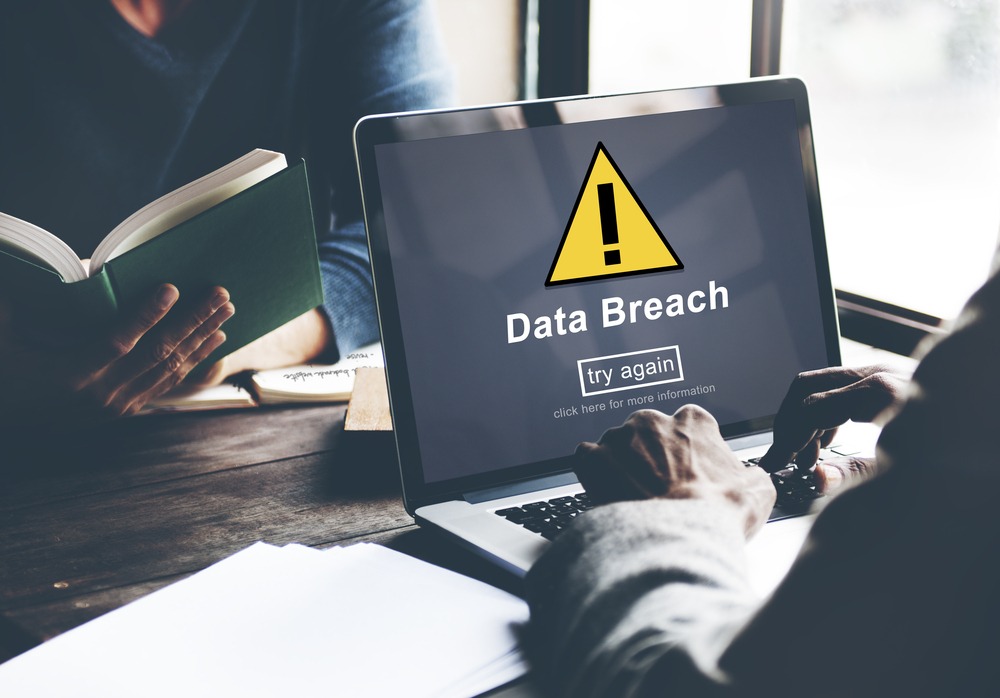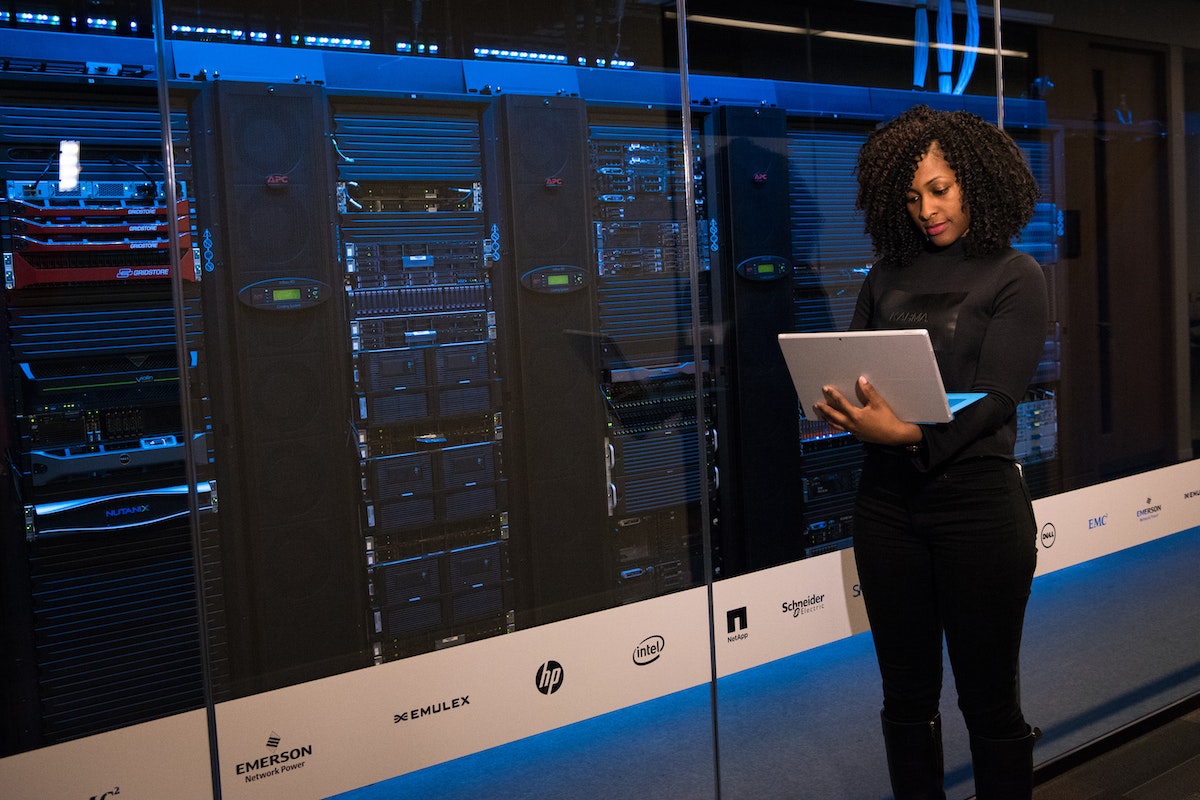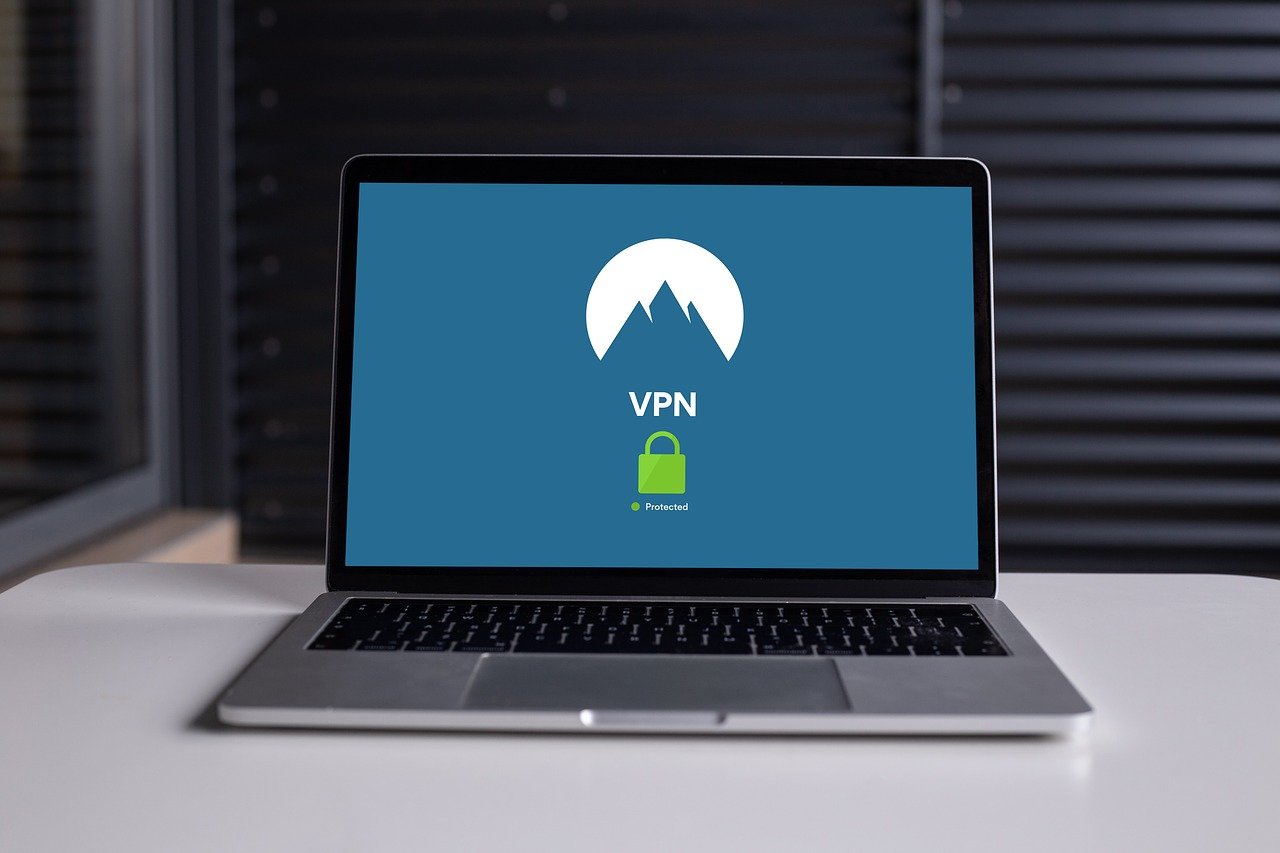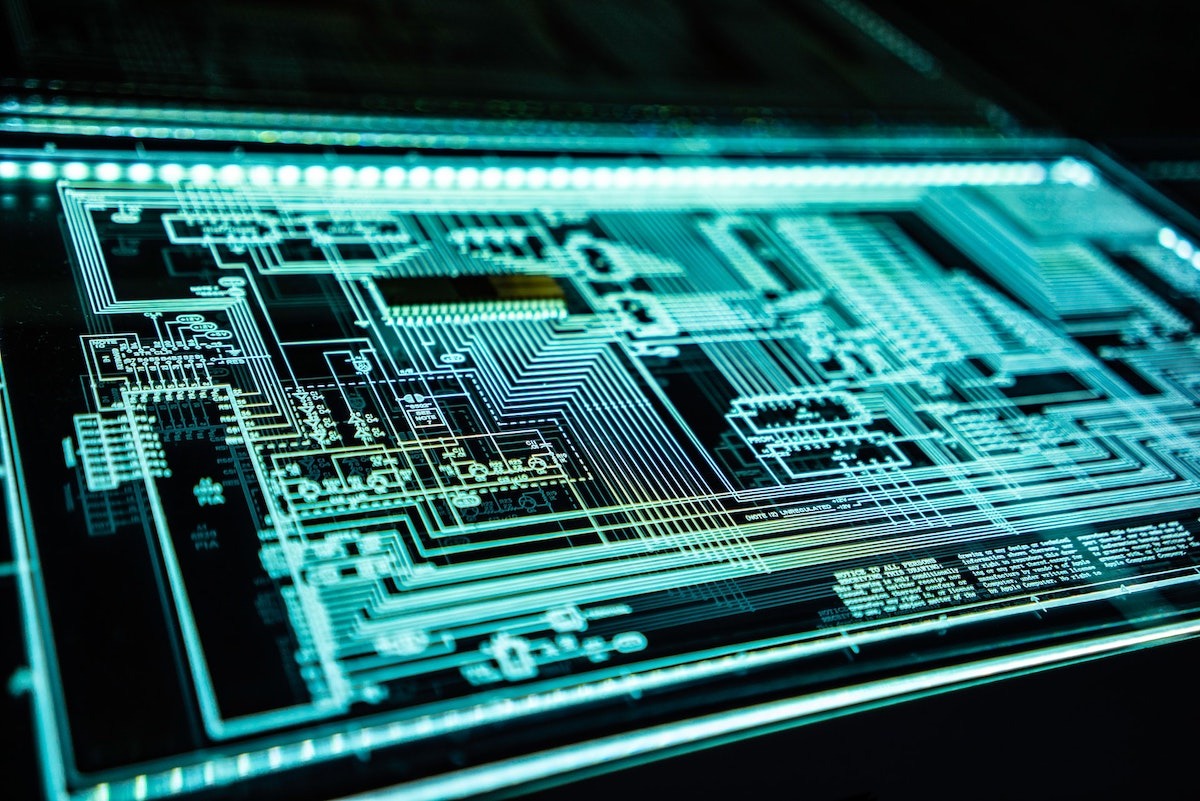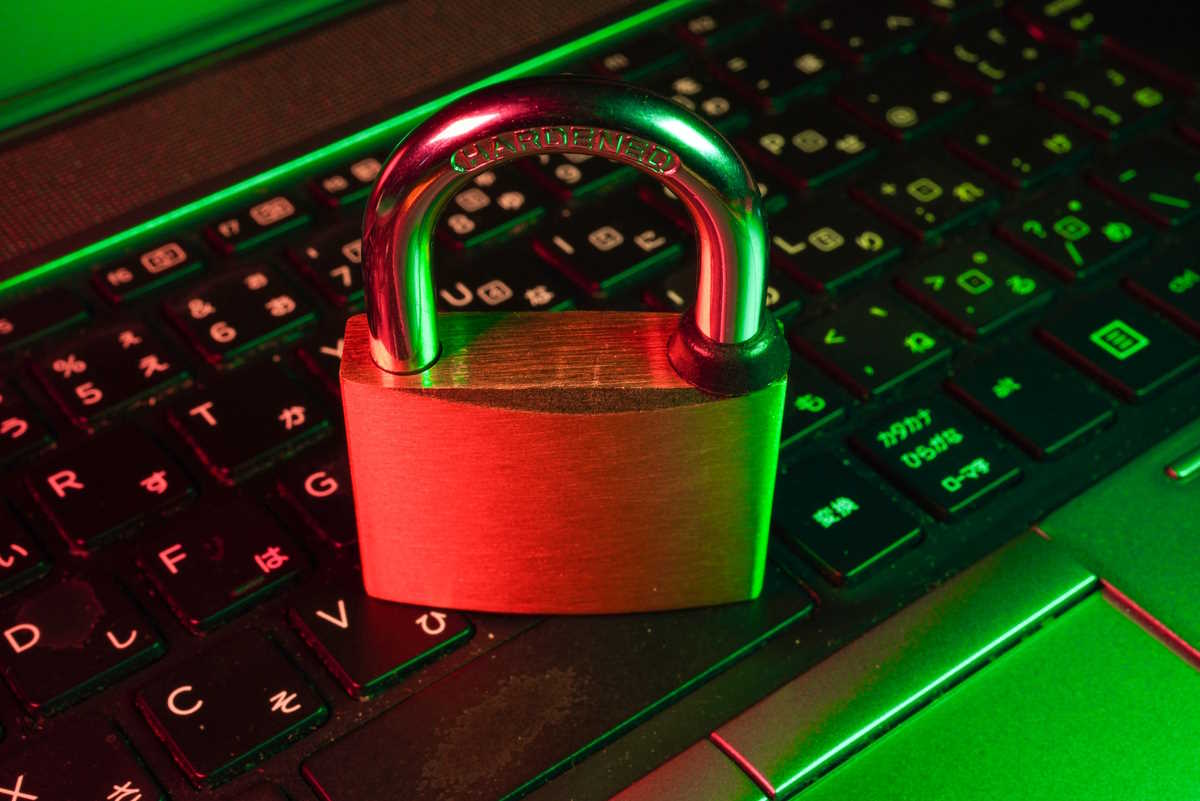Staying ahead of cyberthreats is an endless challenge for IT security professionals. It’s not too dissimilar to a game of cat and mouse where teams try to patch the latest vulnerability while attackers discover three more. Teams run around in circles playing defense against ever-evolving hacking techniques – and oftentimes it can feel like you’re fighting a losing battle and that the next big exploit is just around the corner.

But what if it were possible to go on the offensive for once? New artificial intelligence capabilities integrated into next-gen firewalls (NGFWs) may finally give teams a fighting chance. This innovative technology is designed to continually learn, adapt and get smarter over time at securing an organization – like having a trusted AI teammate working alongside you.
Now, nobody would blame you for being skeptical and rolling our eyes whenever a new product feature is labeled as “game changing.” However, AI-driven security tools could genuinely shift the advantage back to the security pros. Instead of just reacting to threats, teams could rely on firewalls that automatically predict and eliminate attacks before they ever get close to doing any damage.
Accelerating Threat Detection Through “Security Intuition”
Most traditional firewalls still rely heavily on predefined rules and signatures to try spotting known threats. Unfortunately, these old-school technologies have some glaring blindspots. Rules need constant manual updating to keep pace. Signatures only detect what they’ve already encountered. So when a brand exploit or insider attack occurs, legacy firewalls often miss early signs of compromise.
However, an AI powered firewall can monitor network traffic with more informed “intuition” about risks based on the total context of activities. Advanced machine learning algorithms evaluate many complex factors simultaneously – source, destination, protocols used, data payloads, frequency patterns over time, user behavior analytics, and more. Through the constant analysis of all this metadata collectively, the AI can determine probabilities that something malicious is occurring even without specific IoCs.
Over months of exposure, AI-driven firewalls also build an evolving baseline of normal network patterns. This makes the smallest abnormality stand out prominently as the AI confronts each new potential threat. Think of it as “personalized security” tailored to your unique environment.
Safeguarding Against Unpredictable Zero-Day Threats
Devious zero-day exploits are the stuff of nightmares for security administrators. These are threats they have never seen before, with no existing protections in place. By the time defenses are mobilized, substantial damage has already occurred. This is where artificial intelligence’s profound power to prevent zero-day attacks truly shines…
Rather than relying solely on signatures or known tactics, AI-enhanced firewalls evaluate the actual risk level associated with any attempted traffic or behavior. Advanced deep learning algorithms perform multi-layered analysis on all inbound files, payloads, and content.
Combining insights across the network security architecture allows the AI engine to determine probable intent. This reveals threats in progress regardless of specifics like exploit kits, malware variants, ransomware, or intruder tools used. The firewall then blocks adversarial activity immediately while allowing legitimate interactions.
Over time, the system learns and models increasingly nuanced profiles of typical user, device and application behaviors across the enterprise. Together with real-time correlation against ongoing activities, this enables unparalleled accuracy identifying anomalies that signify emerging zero-day attacks.
Continual Evolution Through Adaptive Learning
As mentioned, one of the key advantages AI offers is the capability to keep improving autonomously based on ongoing experience… Unlike traditional software, AI systems are designed to continually enhance their own intelligence over time much like the human brain. For AI powered firewalls, this means the longer they are deployed, the smarter they inherently become at evaluating and preventing threats.
Every day, the machine learning algorithms process massive volumes of new network traffic, events, user behaviors, system interconnections and other telemetry. Advanced neural networks extract insights from all this data to expand context about typical activities versus potential risks. Over months, the AI builds extensive unique profiles reflecting seasonal usage patterns, business hour fluctuations, infrastructure changes, new application flows, and more. Together with continuously evolving global threat intelligence, the AI segments usage trends with greater precision between groups of users, devices and channels.
Just as importantly, when we roll out new applications, services or infrastructure internally, the AI automatically detects associated shifts in usage patterns. It then adapts risk models seamlessly in context without requiring IT overhaul firewall policies or rules manually every time something changes on our end. This adaptive quality keeps our defenses optimized dynamically even as needs evolve.
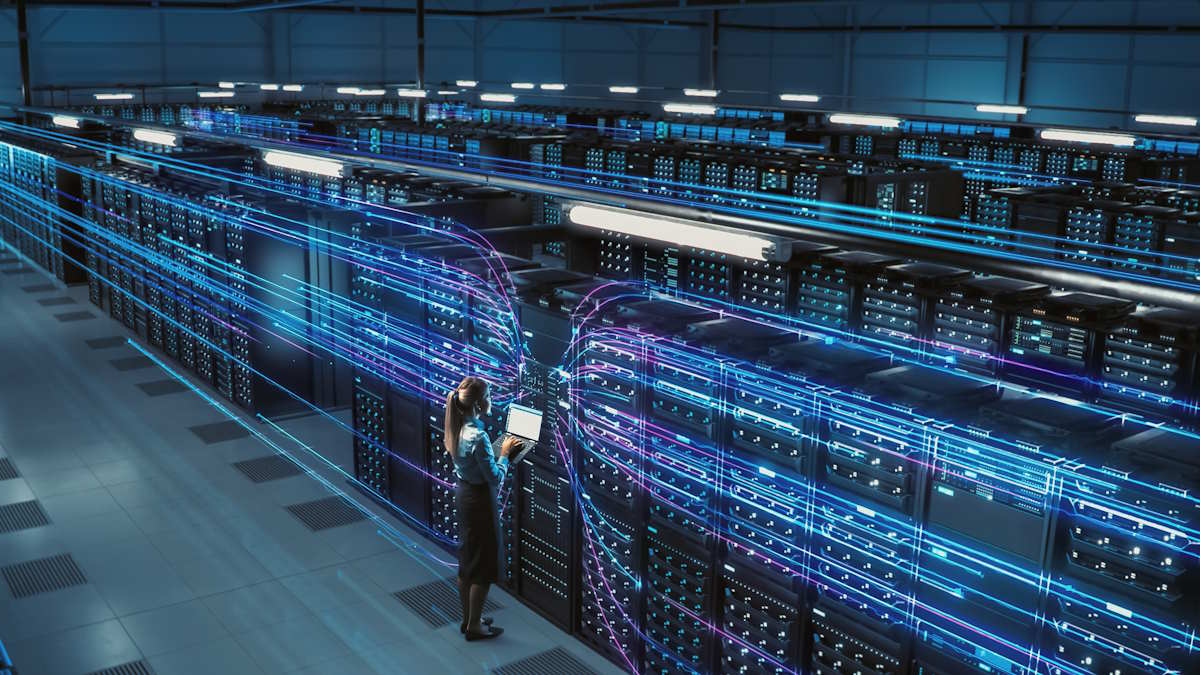
Turbo-Charging Incident Response Through Automated Intelligence
In any IT security management role, sooner or later you will need to urgently investigate and contain an attack that has managed to infiltrate your perimeter defenses. Minimizing the damage and exposure during these incidents hinges on clarity and speed. AI brings improvements on both fronts by correlating alerts enterprise-wide, tracing root causes in seconds, and enacting responses at machine speeds.
As soon as an intrusion or compromise occurs on one system, embedded AI algorithms instantly analyze the related chain of events across the network identifying affected assets and connections. Previously unlinked threats get linked together based on the full sequence of activities observed during an attack.
Automated incident responses can then be immediately invoked to isolate compromised hosts, suspend user accounts, block communication channels, scrub any inbound payloads spreading internally, and create special security event cases for assignments to the operations team. All this takes place instantly guided entirely by AI to enact appropriate, measured reaction protocols. As a result, attacks face rapid resistance slowing their progress dead in the tracks early on even while alerts notify analysts to still validate, investigate deeper and fully remediate.
Slashing Workload Through “Smart” System Management
Especially in complex, dynamic environments, administrators know how firewall upkeep can demand endless care around policy tuning, rules maintenance, log reviews, and troubleshooting misconfigurations. When balancing this operational burden alongside strategic projects for the business, days fill up fast.
Fortunately, AI-powered systems provide exactly the kind of architecture able to essentially manage itself in many regards. By handling massive flows of monitoring telemetry and threat data daily across the entire network security architecture, embedded AI accumulates a nuanced contextual understanding of relationships and usage behaviors organization-wide.
Over time, the AI can determine appropriate standards for access controls between groups of users, devices and applications in your unique environment. This allows a great deal of policy and rules management to become fully automated based on machine learning models rather than rigid static definitions. Exceptions get flagged for manual review while common cases follow standardized guardrails tailored by AI.
Meanwhile, continuous analysis of all firewall activity and logs using behavioral analytics, statistical modeling and correlative algorithms means the AI can also self-tune configurations proactively for improved security and performance efficiency. Issues get surfaced to admins only when human-level expertise proves necessary for resolution.
Conclusion
As you can see, integrating AI capabilities into next-generation firewalls unlocks a lot of potential from bolstered defenses to reduced administrator workload. The machine learning revolution offers IT security management teams incredible opportunities to gain back the advantage against threats through technology that gets smarter each day alongside us.





